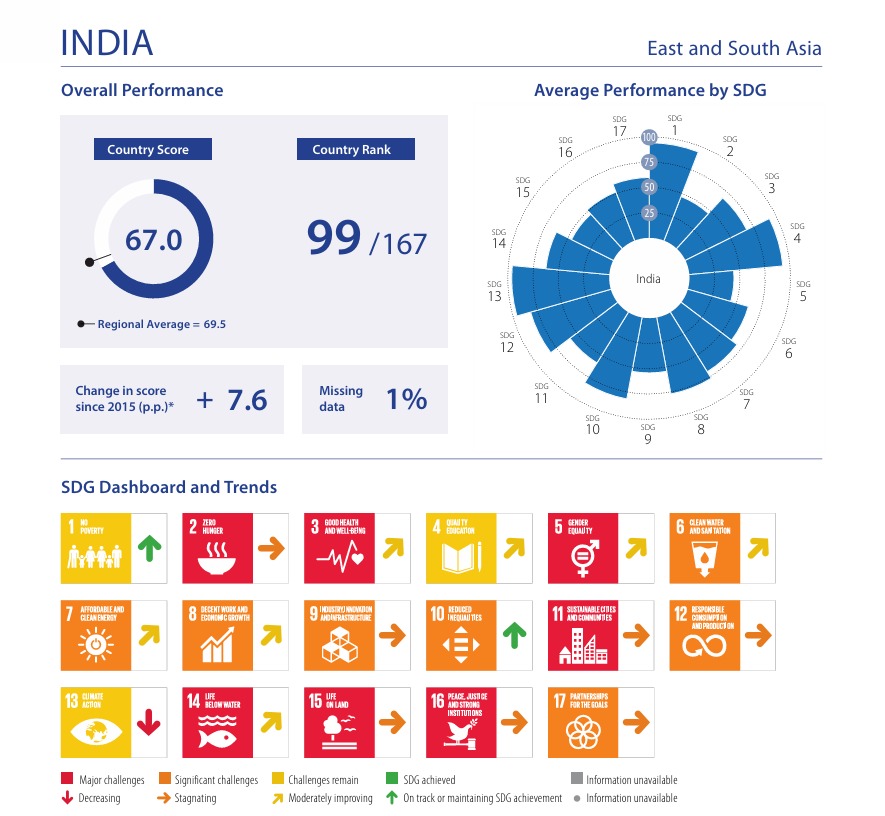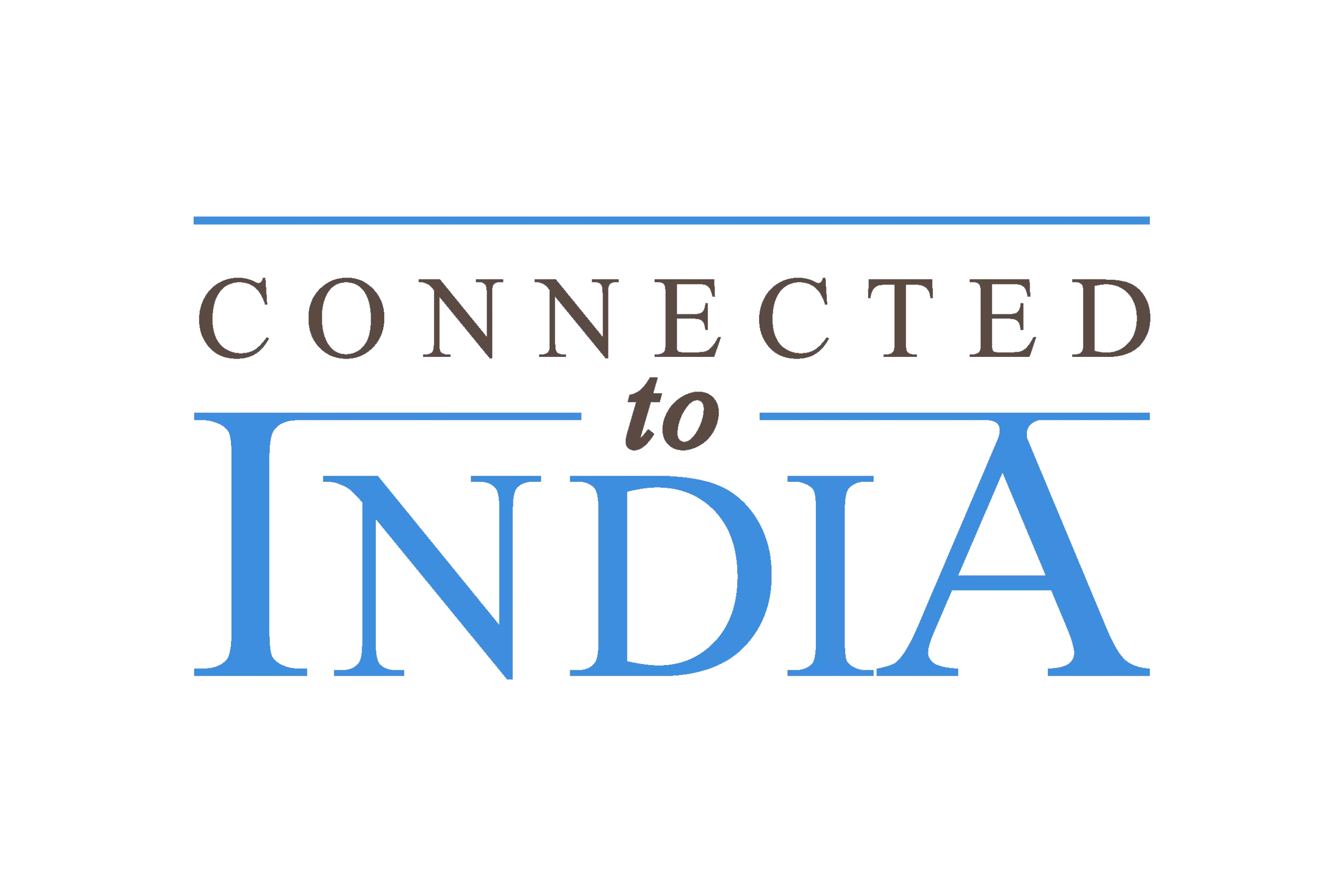India has achieved a major milestone in its pursuit of sustainable development, making it into the top 100 for the first time in the United Nations’ Sustainable Development Goals (SDG) rankings.

According to the UN Sustainable Development Solutions Network’s latest Sustainable Development Report (SDR), released as part of its 10th edition, India has secured the 99th position on the 2025 SDG Index with an overall score of 67.
This marks a significant improvement from previous years. In 2017, India was ranked 116th and rose to 109th in 2024, reflecting steady progress in areas such as poverty reduction, clean energy, education, and climate action.
The SDG Index measures the performance of countries on the 17 Sustainable Development Goals, which were adopted by UN member states in 2015 as a global blueprint to end poverty, protect the planet, and ensure prosperity for all by 2030.
While European countries continue to dominate the top positions in the rankings, this year’s report highlighted that East and South Asian nations have made some of the most notable advances.

Countries such as Nepal, Cambodia, the Philippines, Bangladesh, and Mongolia have shown the fastest improvements in terms of SDG scores since 2015. China also entered the top 50 performers for the first time.
Despite regional progress, the report raised concerns over the global outlook. It noted that SDG progress has stalled worldwide, with none of the 17 goals on track to be fully achieved by the 2030 deadline.
The report attributed the slowdown to ongoing geopolitical tensions, climate-related challenges, persistent inequalities, and constrained fiscal resources in many developing and emerging economies. According to the findings, only 17 percent of the SDG targets are currently on track globally.
The report underlined the continued relevance of the SDGs as a pathway to long-term peace, equity, and sustainable development, while calling for stronger international cooperation and increased investment in education, digital infrastructure, and green technologies to bridge the current gaps.


